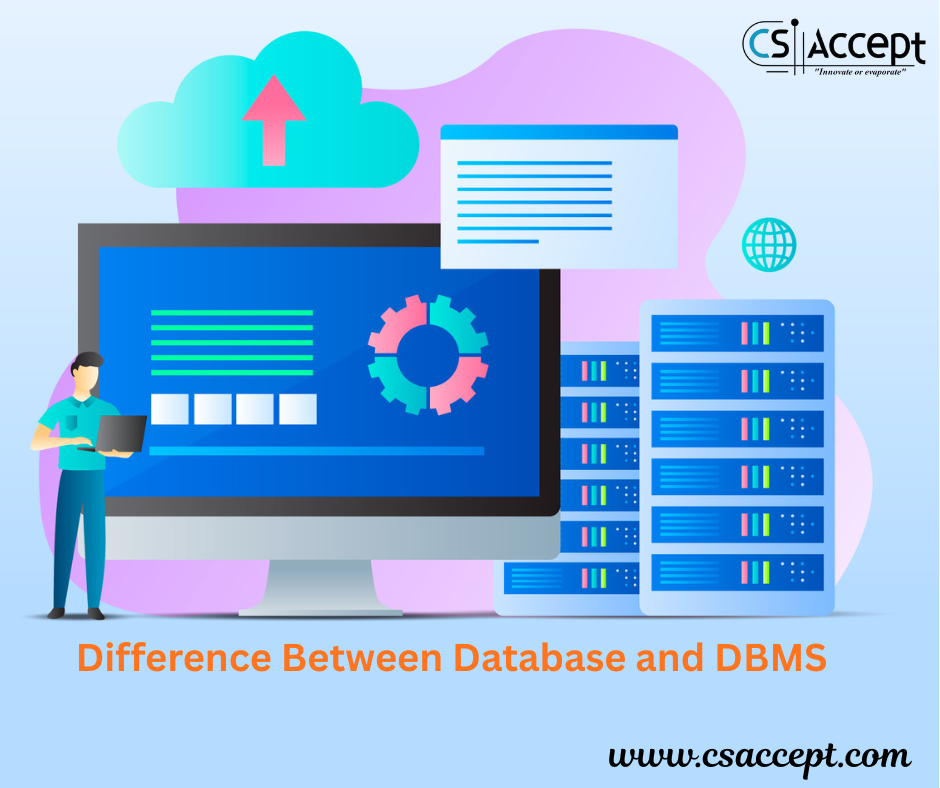
1. What is CPU? (Definition)
The Central Processing Unit (CPU) is often referred to as the “brain” of the computer. It is the main component responsible for executing instructions, processing data, and controlling the operation of other components in the system.
Definition:
The CPU (Central Processing Unit) is an electronic circuitry inside a computer that carries out the instructions of a program by performing the basic arithmetic, logical, control, and input/output (I/O) operations.
2. Importance of CPU
- Executes all the instructions from software and hardware
- Controls input/output devices
- Manages memory and system tasks
- Determines overall speed and performance of a computer
3. Main Functions of CPU
| Function | Description |
|---|---|
| Fetch | Retrieves instructions from memory |
| Decode | Interprets what the instruction means |
| Execute | Carries out the instruction (calculation, move data, etc.) |
| Control | Directs the operation of other hardware components |
| Store | Saves results back into memory |
This cycle is called the Fetch–Decode–Execute Cycle.
4. Components of CPU
The CPU mainly consists of three key units:
1. Arithmetic Logic Unit (ALU)
- Performs mathematical (addition, subtraction) and logical (AND, OR, NOT) operations.
- Core unit for all computational tasks.
2. Control Unit (CU)
- Directs the flow of data between the CPU and other components.
- Interprets instructions and signals other parts of the system to act accordingly.
3. Registers
- Small, fast memory locations inside the CPU
- Temporarily hold data and instructions during processing
Types of Registers:
- Accumulator: Stores intermediate results
- Instruction Register (IR): Holds current instruction
- Program Counter (PC): Keeps track of next instruction
- Memory Address Register (MAR): Holds memory address to access
- Memory Data Register (MDR): Holds data fetched from memory
5. Types of CPU
1. Based on Bit Size
- 8-bit CPU (e.g., Intel 8085)
- 16-bit CPU (e.g., Intel 8086)
- 32-bit CPU (e.g., Intel Pentium III)
- 64-bit CPU (e.g., Intel Core i5, AMD Ryzen)
2. Based on Manufacturer
- Intel Processors (Core i3, i5, i7, i9, Xeon)
- AMD Processors (Ryzen, Athlon, EPYC)
- ARM Processors (used in smartphones, tablets)
3. Based on Cores
- Single-core CPU – Only one processing unit
- Dual-core CPU – Two cores
- Quad-core CPU – Four cores
- Octa-core CPU – Eight cores
- Multi-core CPU – General term for CPUs with multiple cores
More cores = better multitasking and parallel processing.
6. How CPU Works (Step-by-Step)
- Fetch: The Control Unit reads the instruction from RAM.
- Decode: The instruction is interpreted to determine required actions.
- Execute: The ALU or other units perform the operation.
- Store: The result is saved in a register or sent to memory.
This loop continues billions of times per second!
7. Features of a CPU
| Feature | Description |
|---|---|
| Clock Speed | Measured in GHz, indicates number of cycles per second |
| Core Count | Number of independent processing units |
| Cache Memory | Small, fast memory to speed up processing (L1, L2, L3 caches) |
| Threading | Ability to execute multiple threads (Hyper-Threading, SMT) |
| Architecture | Design model (x86, x64, ARM) |
| Thermal Design Power (TDP) | Heat output, affects cooling requirements |
8. Examples of CPU
| Brand | Model | Core Count | Clock Speed | Usage Example |
|---|---|---|---|---|
| Intel | Core i3-12100 | 4 Cores | 3.3 GHz | Entry-level desktops |
| Intel | Core i7-13700K | 16 Cores | 3.4 GHz | High-end gaming, editing |
| AMD | Ryzen 5 5600X | 6 Cores | 3.7 GHz | Mid-range PCs |
| AMD | EPYC 7742 | 64 Cores | 2.25 GHz | Data centers, servers |
| Apple | M2 Pro (ARM-based) | 10 Cores | — | MacBooks, performance use |
| Qualcomm | Snapdragon 8 Gen 2 | 8 Cores | — | Smartphones (ARM) |
9. CPU vs GPU vs APU
| Component | Function | Key Difference |
|---|---|---|
| CPU | General-purpose processing | Handles all kinds of tasks |
| GPU | Graphics Processing Unit | Specialized for graphics and parallel tasks |
| APU | Accelerated Processing Unit (CPU+GPU) | Combines CPU and GPU on a single chip |
10. Summary
The Central Processing Unit (CPU) is the core of any computing device. It handles all operations—from running applications to processing data. It includes important components like the ALU, Control Unit, and Registers. With rapid advancements in CPU architecture, modern processors are faster, smaller, and more energy-efficient than ever before.
Key Takeaways:
- CPU = Brain of the computer
- Performs all computing functions
- Main units: ALU, CU, Registers
- Works via Fetch–Decode–Execute cycle
- Core count and clock speed define its performance






